How to Spark Engagement in Math With Pictures
 Photo by Joshua Hoehne on Unsplash
Photo by Joshua Hoehne on Unsplash
A popular strategy, using pictures in math class gives students another way to access math concepts and can spark great conversations.
- 0 Comments
- Jan 29, 2021 10:00:00 AM
- Posted by Natalia Galvis
- Topics: Math, Math Book, EdTech, STEM, Curriculum, teachers, students, Technology, Mathematics, Edchat, Gendergap, Digital Technology, teaching, online, lessons
How Technology is shaping the Future of Education?
By Shawn Mack
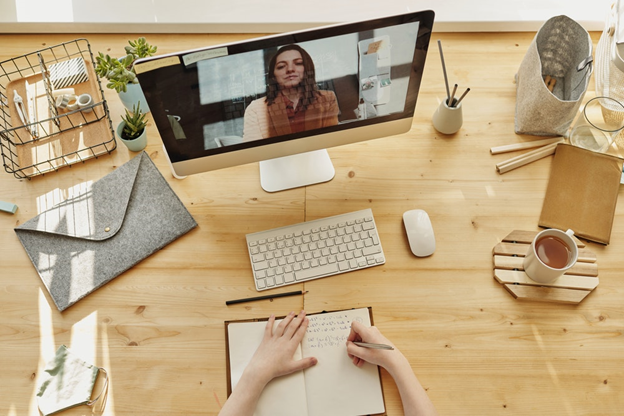 Photo source: https://www.pexels.com/photo/person-writing-on-notebook-4145190/
Photo source: https://www.pexels.com/photo/person-writing-on-notebook-4145190/
About 65 percent of students today will engage in an occupation that does not yet exist. Yes, that’s correct. At least, according to this survey conducted by the World Economic Forum.
The very findings depict the effect of rapid change in the learning modules. Modern approaches towards educating the children and the increasing integration of technology will soon bring forth subjects that haven’t yet had our attention. Thus, introducing newer fields with time.
And well, to put it straight, this is only one of the many outcomes that integration of tech into education may bring in the future. There may be several more.
But to truly know the possible potential of these outcomes and their respective impact, we need to study the process in detail. We need to know how exactly technology is shaping the future of education. Let’s look into it.
- 0 Comments
- Jan 28, 2021 10:00:00 AM
- Posted by Natalia Galvis
- Topics: EdTech, STEM, Curriculum, teachers, students, Technology, Edchat, Gendergap, Digital Technology, teaching, online, lessons
5 Ways Universities and Students Are Effectively Using Virtual Reality
By Arthur Evans
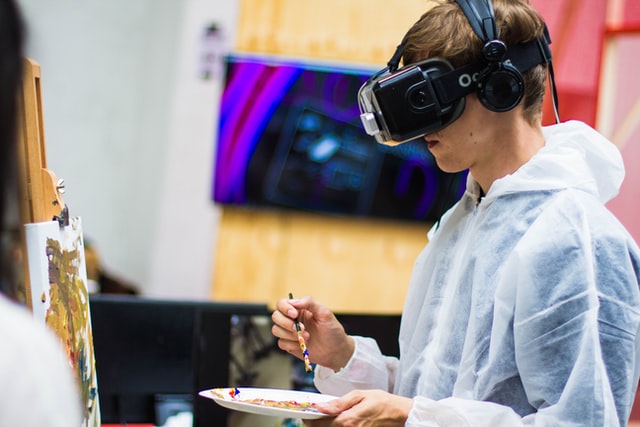 Photo by Billetto Editorial on Unsplash
Photo by Billetto Editorial on Unsplash
Virtual reality (VR) has changed life as we know it. It has also affected the dynamics of education. VR has opened the world’s educational system to a vast horizon of possibilities. Working hand in hand with artificial intelligence (AI) and augmented reality (AR), it has taken education to a whole new level.
Virtual reality brings the world to the students in the classroom. Students can visit and experience the place they’ve never even dreamed of, from the depths of the oceans to the heights of space. Several institutions are already using this technology to enable a more interesting, interactive, and explorative learning environment. It is already closing the gap between the varying ways and the pace students at which students learn.
Here are five great ways that universities and students are effectively using virtual reality across the educational system.
- 0 Comments
- Jan 27, 2021 10:00:00 AM
- Posted by Natalia Galvis
- Topics: EdTech, STEM, Curriculum, teachers, students, Technology, VR, Realidad Virtual, Edchat, Gendergap, Digital Technology, teaching, online, Virtual Reality, virtual learning, lessons
Sparking Curiosity About STEM
 Photo by Joseph Rosales on Unsplash
Photo by Joseph Rosales on Unsplash
A monthly after-school activity guides students to have fun exploring science, technology, engineering, and math.
- 0 Comments
- Jan 26, 2021 10:00:00 AM
- Posted by Natalia Galvis
- Topics: EdTech, STEM, Curriculum, teachers, students, Technology, Edchat, Digital Technology, teaching, online, lessons, eLearning
Low-Tech Scientific Exploration for Students at Home
By Pete Barnes
A fifth-grade teacher shares ideas on how students can explore common phenomena with simple materials in and around their homes.
- 0 Comments
- Jan 25, 2021 10:00:00 AM
- Posted by Natalia Galvis
- Topics: EdTech, STEM, Curriculum, teachers, students, Technology, Edchat, Digital Technology, teaching, online, lessons, eLearning
Top Tips For Great Cross-Curricular Coding
BY EILEEN BELASTOCK

Photo by Christopher Gower on Unsplash
Coding offers myriad benefits for students, including increased critical thinking and problem-solving skills
- 0 Comments
- Jan 22, 2021 10:00:00 AM
- Posted by Natalia Galvis
- Topics: EdTech, STEM, Curriculum, teachers, students, Technology, Edchat, Digital Technology, teaching, online, lessons, eLearning
The Best Ways for STEM Students to Back Up Their Projects
By Devin Partida
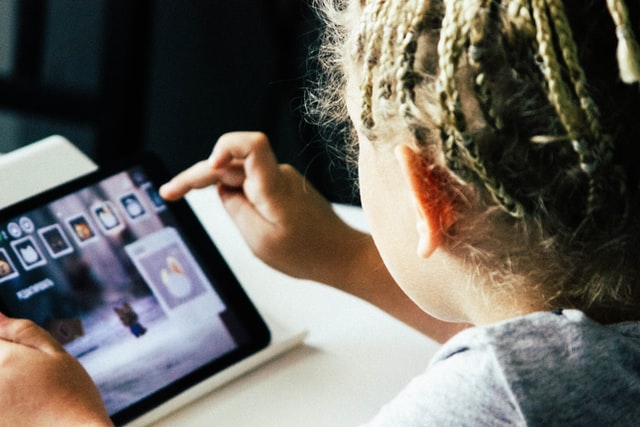 Photo by Igor Starkov on Unsplash
Photo by Igor Starkov on Unsplash
STEM education is experiencing something of a golden age. Enrollment in STEM programs has increased by 26% since 2000, and educators have more resources at their disposal than ever. As students engage in more complex, high-tech projects, it becomes increasingly crucial that they back up their files.
Gone are the days of paper documents. Most school work today takes place electronically. Although convenient, this comes with some risks. Factors like dropped internet connections, corrupted hard drives, and malware can all compromise students’ files. If they don’t want their hard work to vanish unexpectedly, they need to back it up.
Thankfully, there’s an abundance of backup strategies students can use. Here are five of the best options.
- 0 Comments
- Jan 21, 2021 10:00:00 AM
- Posted by Natalia Galvis
- Topics: EdTech, STEM, Curriculum, teachers, students, Technology, Edchat, Digital Technology, teaching, online, lessons, eLearning
Why Robotics Are Important In The Classroom
By Katherine Rundell
Robotics is one of the newest subjects in today’s schools, and many who grew up without it might question why it is useful to teach to children these skills. After all, building robots may seem like quite a small niche – though actually, the robotic world is growing at an incredible rate, and learning about it will massively benefit today’s children as they come to enter the workforce. Building a robot requires students to utilize totally different skills to those which might be used in a normal classroom setting.
- 0 Comments
- Jan 20, 2021 10:00:00 AM
- Posted by Natalia Galvis
- Topics: Robotics, EdTech, STEM, Curriculum, teachers, Robots,, students, Technology, Edchat, Digital Technology, teaching, online, lessons, eLearning
Will Robots be Good Teachers?
By Tiffany Harper
People have long been fascinated by how robots work. And as technology is improving, it also offers new development opportunities for the robotics industry. There are already robots that are considered the future of logistics, while others are used to welcome and greet patients at many hospitals.
But according to the best paper writing service, robots could make their entry in the educational domain too.
- 0 Comments
- Jan 19, 2021 10:00:00 AM
- Posted by Natalia Galvis
- Topics: Robotics, EdTech, STEM, Curriculum, teachers, Robots,, students, Technology, Expeditions, Edchat, Digital Technology, teaching, online, covid19, lessons, eLearning
Robots as Learning Companions During a Pandemic
By Tiffany Harper
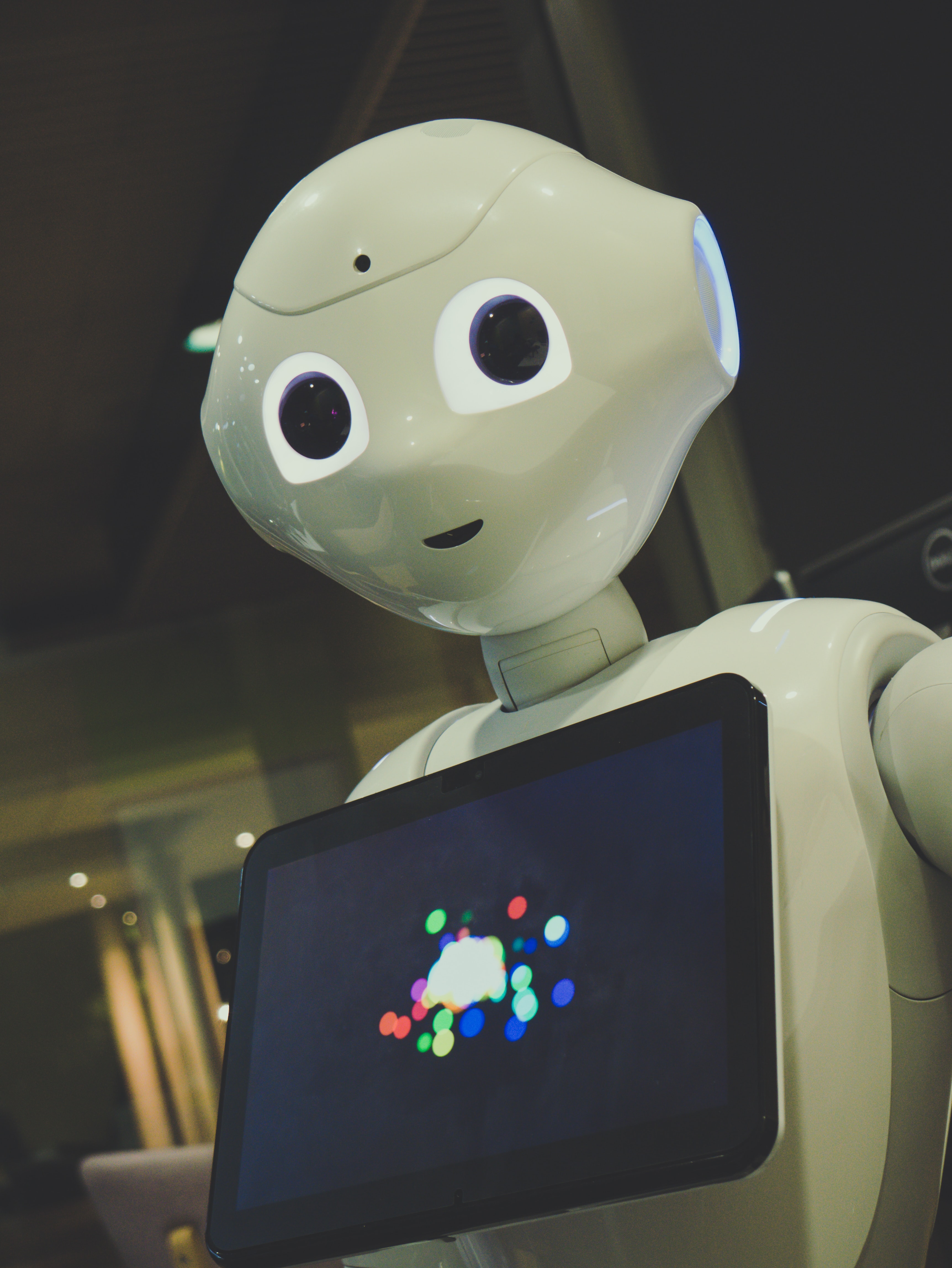 Photo by Owen beard unsplash
Photo by Owen beard unsplash
There have been many consequences of the COVID-19 pandemic already. The concept of social distancing was nonexistent before the pandemic, but it's something that we all have to live and work by now. Everybody is now subjected to the use of a nose mask while also trying to keep a distance of 6 feet from the persons around them. It’s a lot to live by, yet the world has not changed.
Industries and companies have responded to the gap which Covid creates in different ways. People that can afford to work remotely are working remotely, but then goods delivery has to continue, someone needs to clean the workplaces, and people need to receive medical attention. All of these require close interaction that the world can’t afford now, thanks to the virus. That’s why the world is now turning to robots to fill the void.
- 5 Comments
- Jan 15, 2021 10:00:00 AM
- Posted by Natalia Galvis
- Topics: Robotics, EdTech, STEM, Curriculum, teachers, Robots,, students, Technology, Expeditions, Edchat, Digital Technology, teaching, online, covid19, lessons, eLearning
Relevant Posts
Popular Posts
Subscribe to Email Updates
-
I Want To Learn MoreADDITIONAL INFORMATION


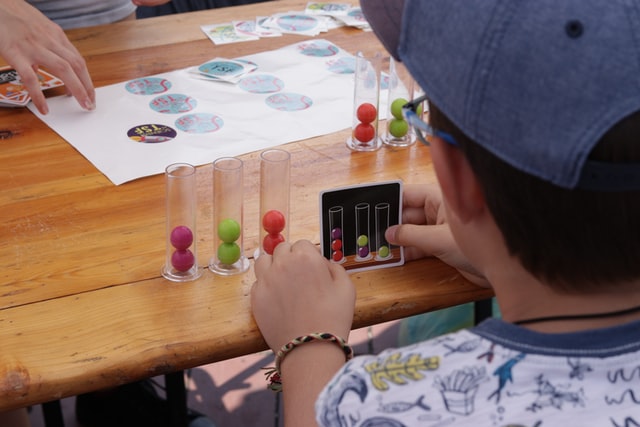 Photo by
Photo by 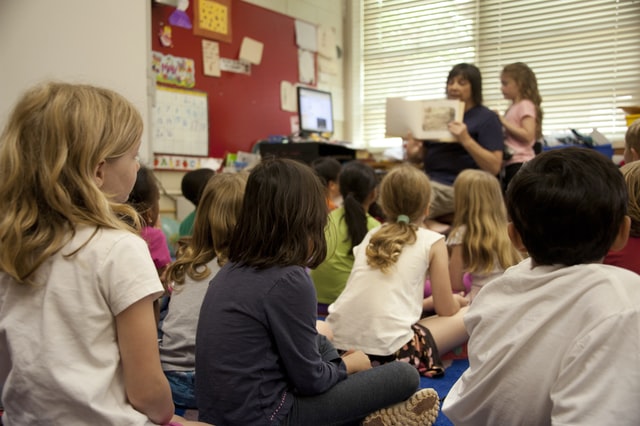 Photo by
Photo by 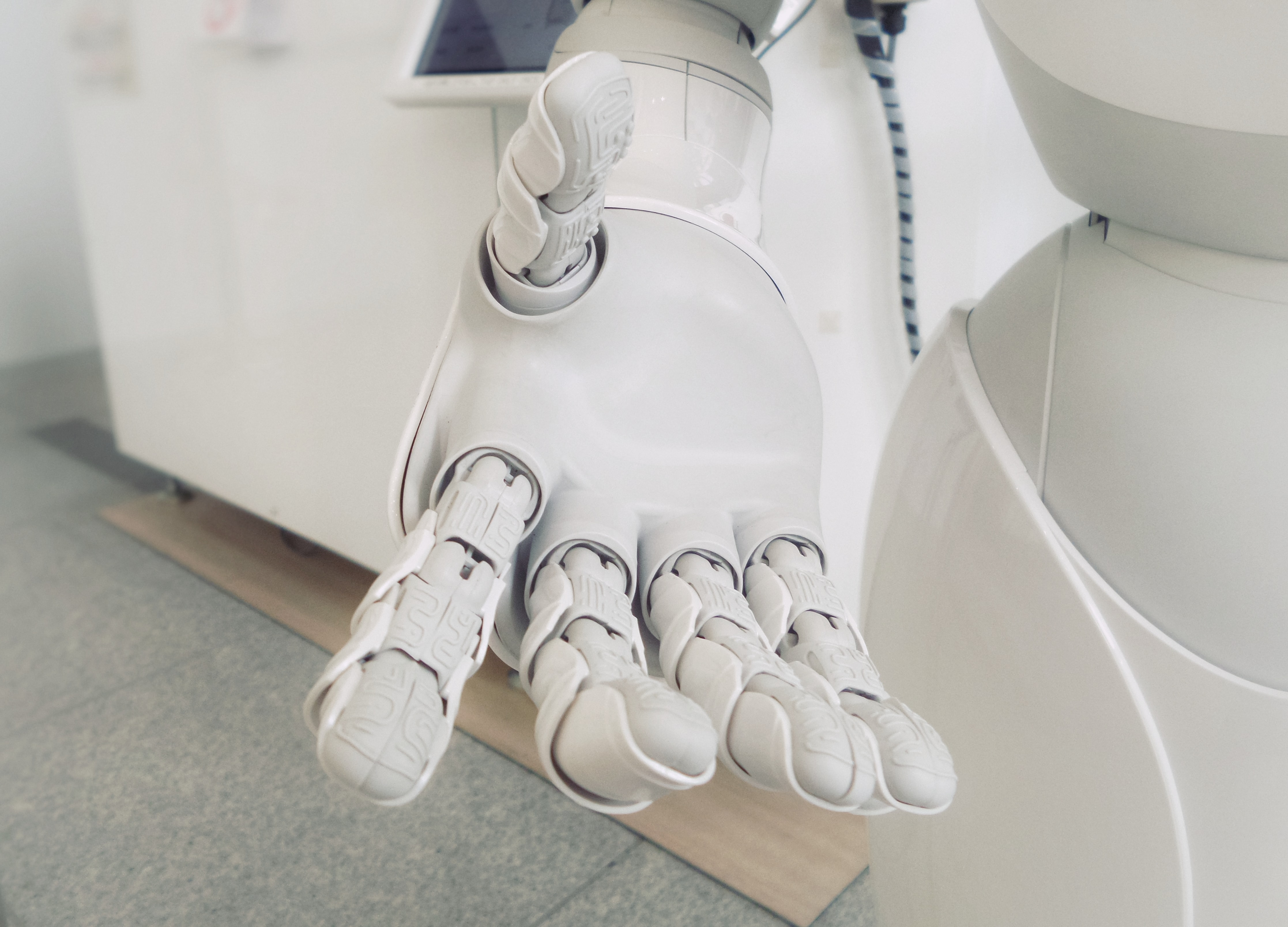 By
By 